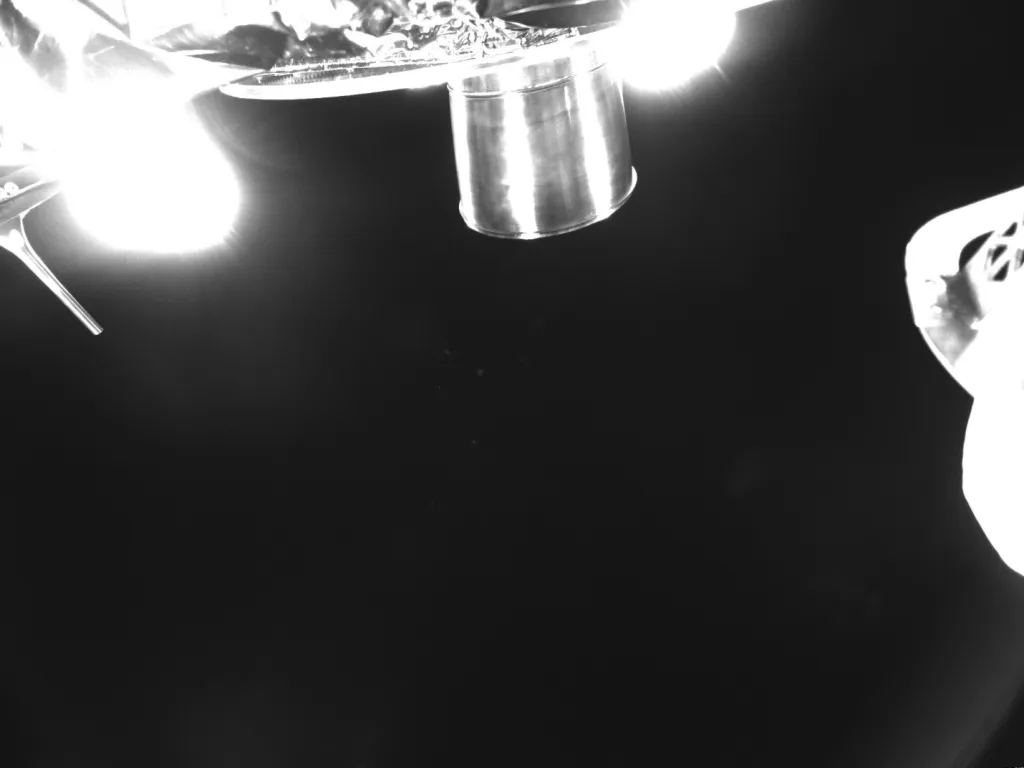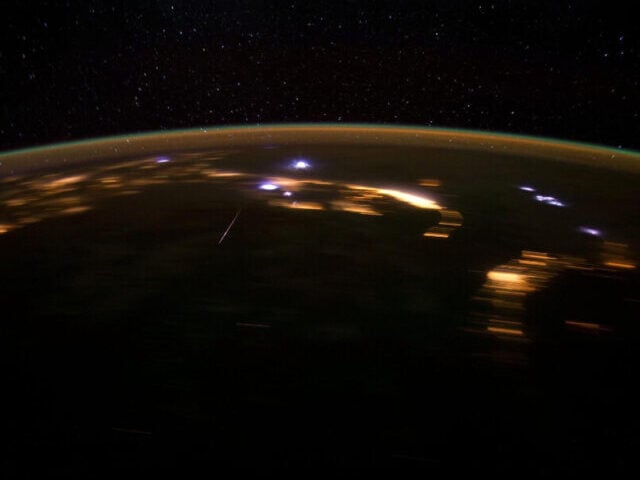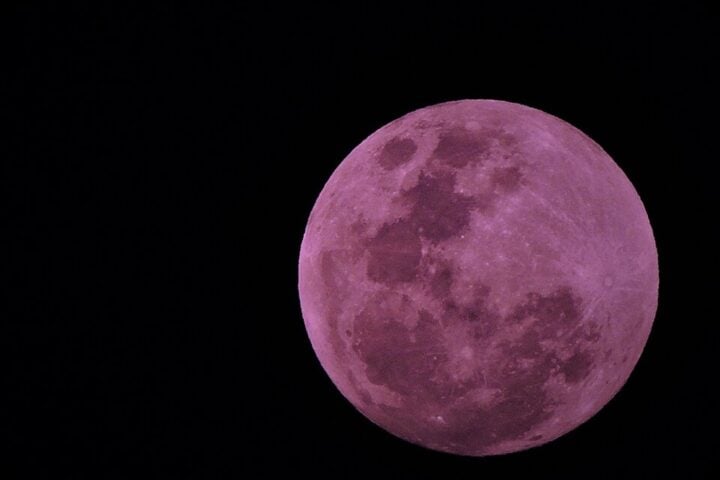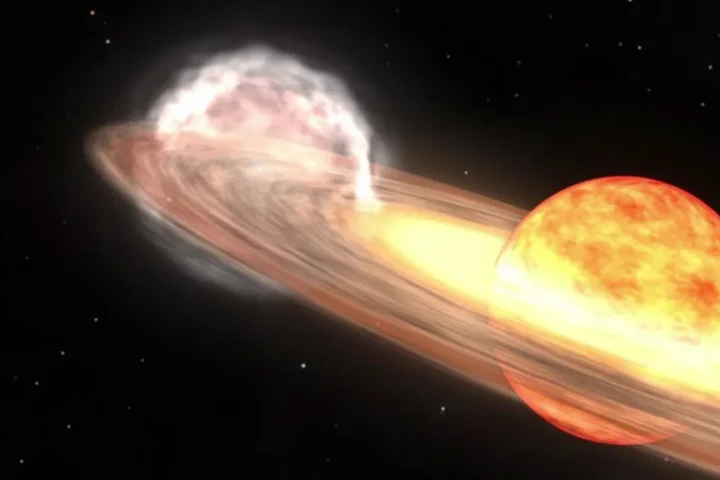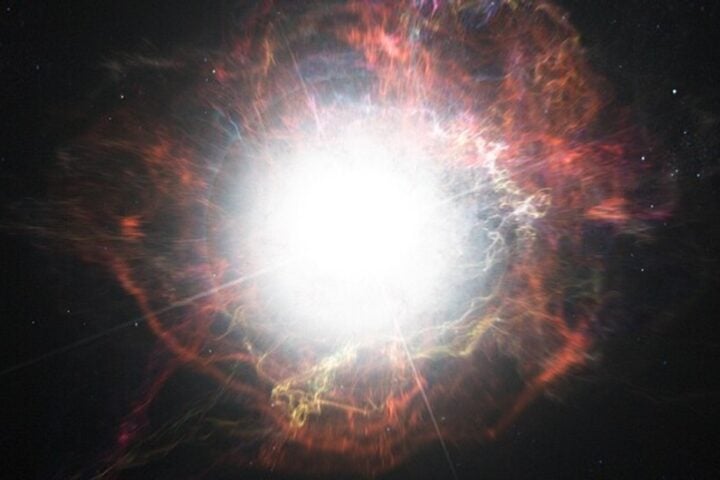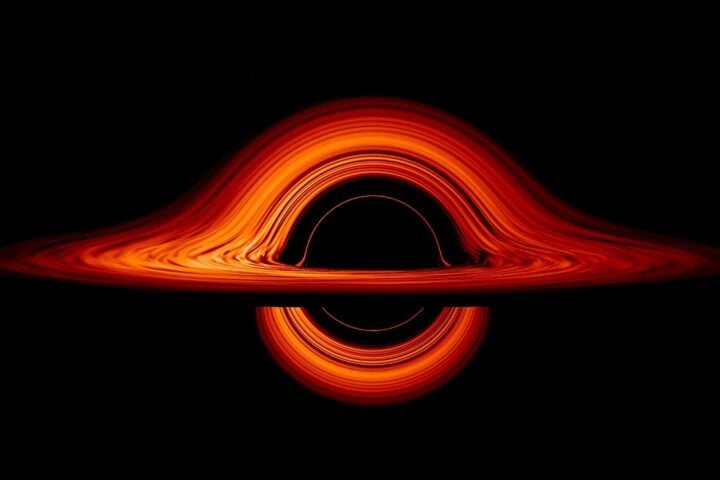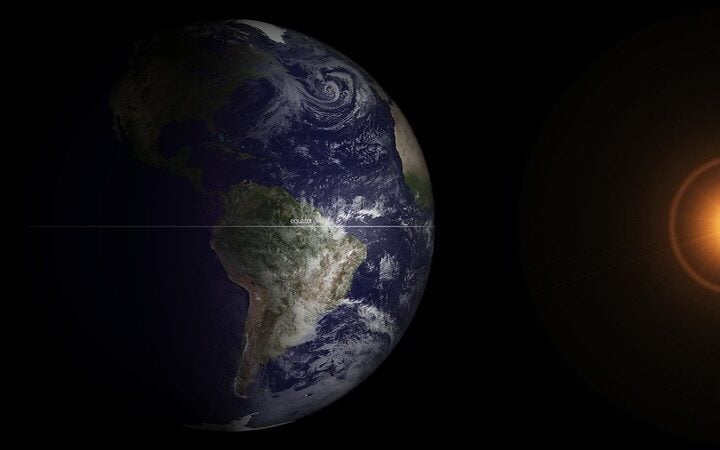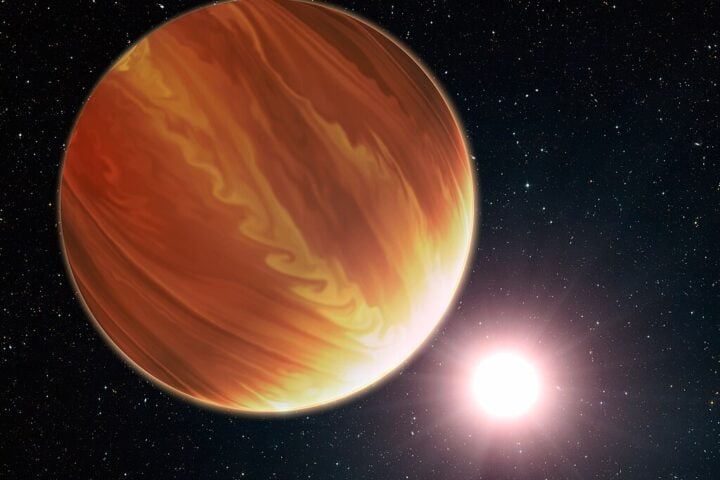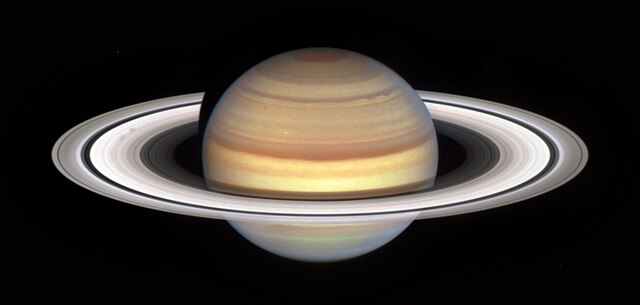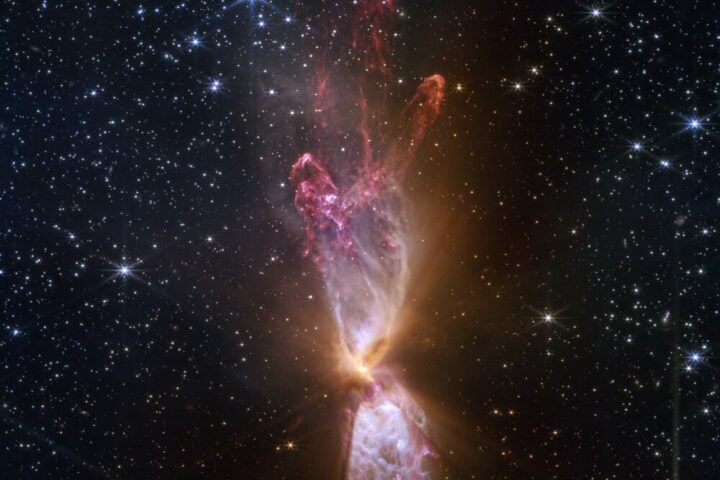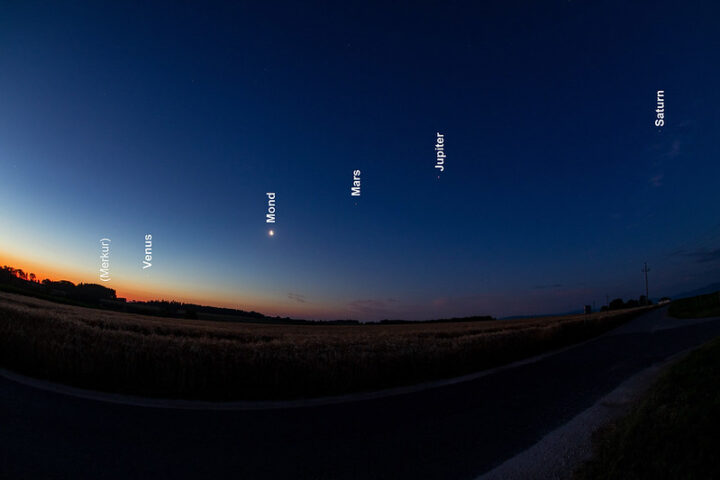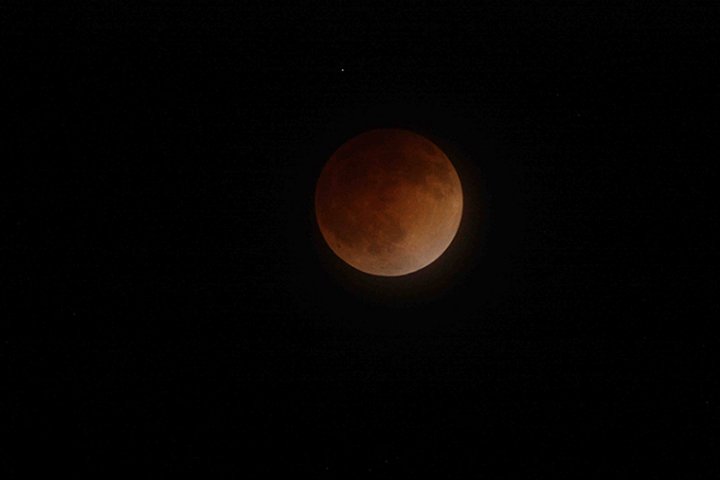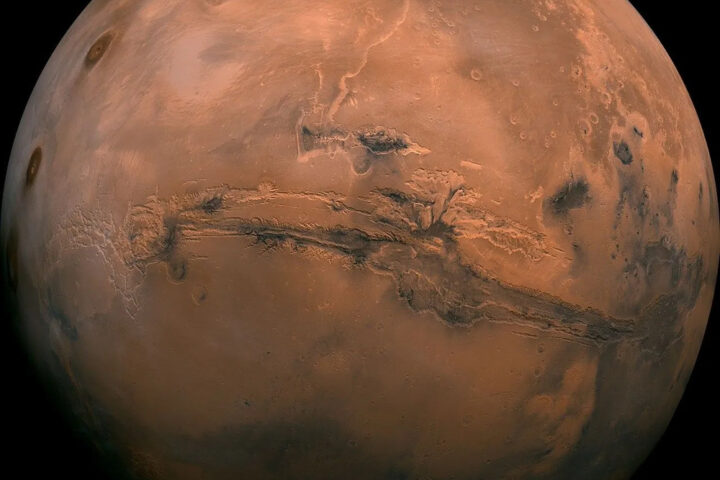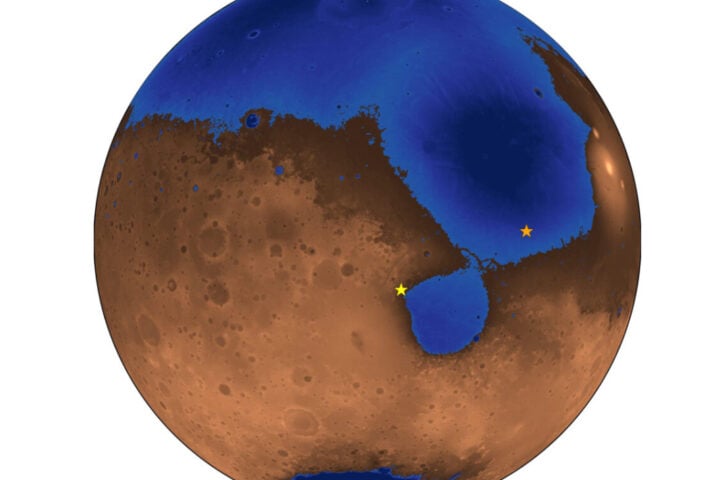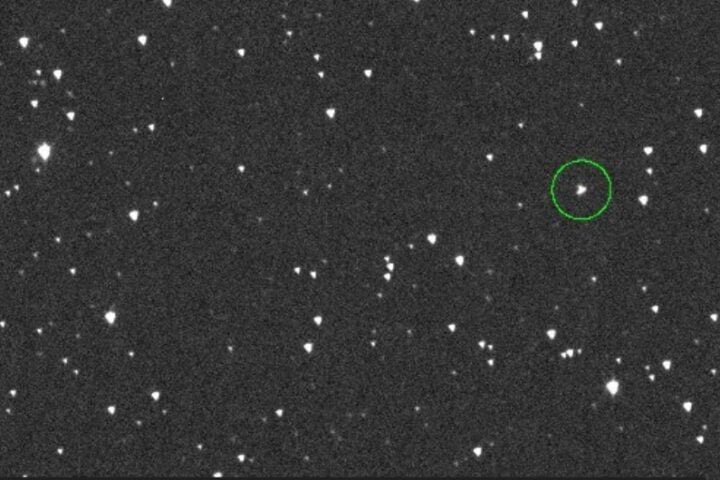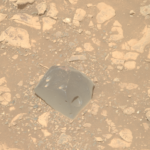The Firefly Aerospace’s Blue Ghost lunar lander launched on January 15, 2025, from NASA’s Kennedy Space Center. The spacecraft has already captured unprecedented views of Earth and the Moon while carrying critical NASA research equipment.
The 2-meter-tall (approximately 6.56 feet) spacecraft is currently orbiting Earth and preparing for its March 2 landing attempt in Mare Crisium, or “Sea of Crises,” a more than 300-mile-wide basin on the Moon’s near side. Blue Ghost carries ten NASA payloads as part of the space agency’s Commercial Lunar Payload Services (CLPS) program, supporting future Artemis missions.
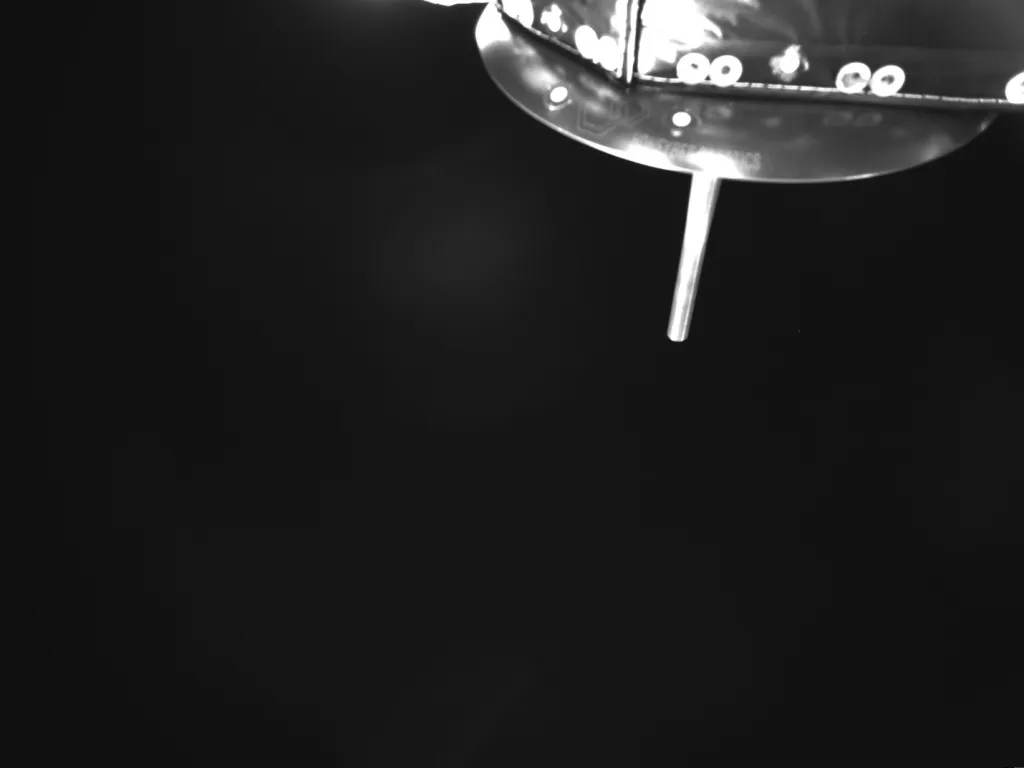
Will Coogan, Blue Ghost’s chief engineer, highlighted the mission’s early success: “Blue Ghost’s first Moon and Blue Marble images embodies everything this bold, unstoppable team has worked so hard for over the last three years.” The lander has already achieved several milestones, including capturing rare footage of Earth eclipsing both the Sun and Moon.
Among the crucial scientific instruments aboard is the Lunar Environment Heliospheric X-ray Imager (LEXI), which will study solar wind interactions with the lunar surface. The Lunar GNSS Receiver Experiment (LuGRE) will test navigation technologies essential for future missions, while the Radiation Tolerant Computer (RadPC) will collect data on lunar radiation levels.
Similar Posts:
NASA’s latest update confirms all onboard technology is “healthy” and operating as expected. The mission represents a significant step in NASA’s broader goal of returning humans to the Moon through the Artemis program.
The spacecraft’s cameras have already proven their worth. The Stereo Cameras for Lunar Plume-Surface Studies (SCALPSS) 1.1 instrument successfully tested all six of its cameras, which will study the interaction between Blue Ghost’s rocket plumes and the lunar surface during landing.
Firefly CEO Jason Kim emphasized the mission’s potential for new discoveries: “There’s a phenomenon called the lunar horizon glow (scattered light caused by floating electrostatic particles) that only the Apollo 15 and 17 astronauts have seen with their eyes.”
Blue Ghost will operate for one lunar day (approximately 14 Earth days) before the lunar nighttime period is expected to end its mission. The landing site near Mons Latreille in Mare Crisium will provide valuable data about this lunar region.
